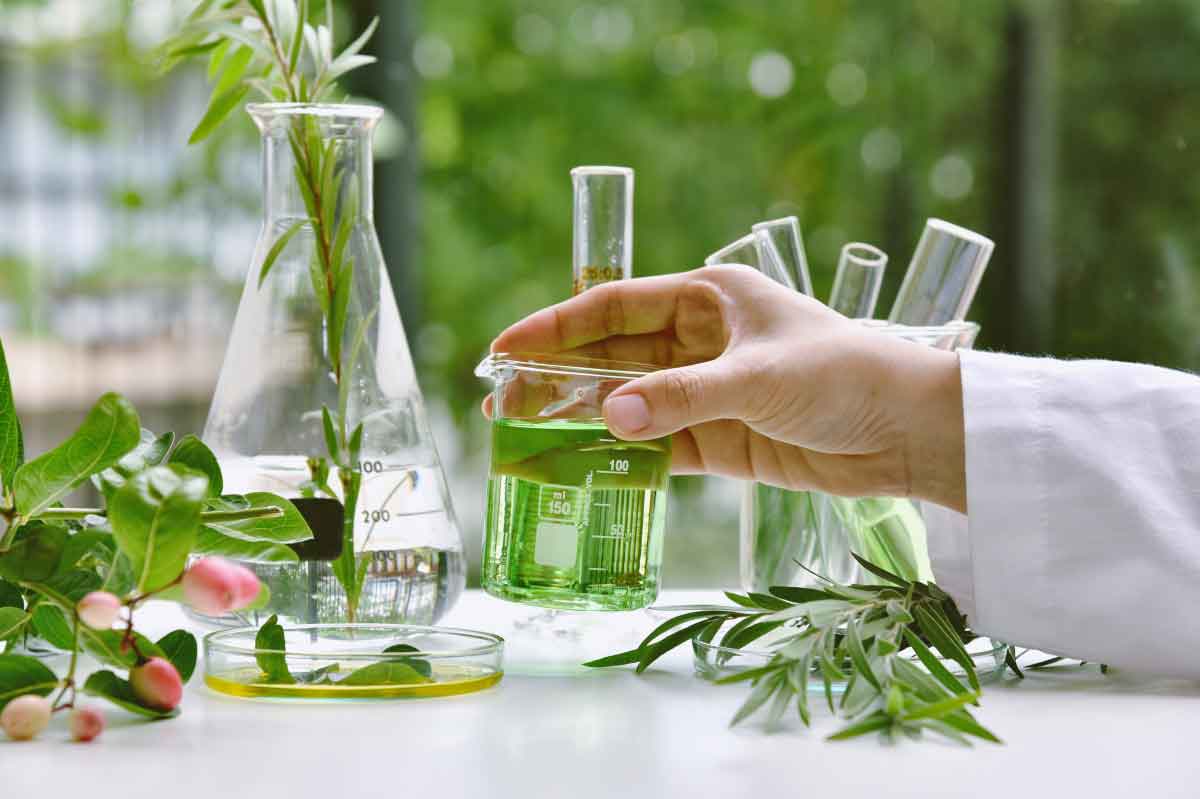Antidepressant-like behavioral, anatomical, and biochemical effects of petroleum ether extract from maca (Lepidium meyenii) in mice exposed to chronic unpredictable mild stress
This 2014 study investigates the effect of an extract of maca, a Peruvian medical food with anxiolytic and antidepressant properties eaten for thousands of years. Ai et al. aimed to determine the behavioral, anatomical, and biochemical impact of the petroleum ether extract from maca (ME) in the chronic unpredictable mild stress (CUMS) model of depression in mice. Three doses of maca extract were used (125, 250, and 500 mg/kg) for 6 weeks, while the positive control drug investigated was fluoxetine at 10 mg/kg. The extracts at 250 and 500 mg/kg significantly reduced the duration of immobility time in the tail suspension test (an assessment that suspends the mice by their tails and records their behavior). At these doses, the granule cell layer in the dentate gyrus appeared thicker (dentate gyrus = part of the hippocampus thought to contribute to the formation of new episodic memories). The cortisol concentrations of the mice significantly dropped also after administration of the extract at 250mg/kg and 500mg/kg. After six weeks of treatment, noradrenaline and dopamine levels were raised by maca extract, and the activity of reactive oxygen species was significantly inhibited. This study associates the petroleum ether extract of maca with the lowering of oxidative stress in the mouse brain, and with the activation of the noradrenergic and dopaminergic systems. In addition, the results provide evidence that the extract exhibits antidepressant-like effects. [NPID: maca, herbs, peruvian, depression, stress, fluoxetine, hippocampus, memory, cortisol, noradrenaline, dopamine, oxidative]
Year: 2014
 Navigation
Navigation






